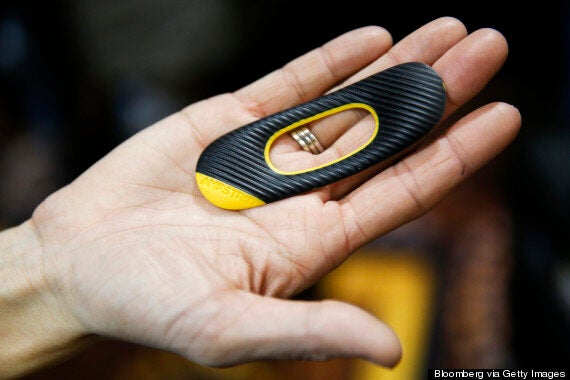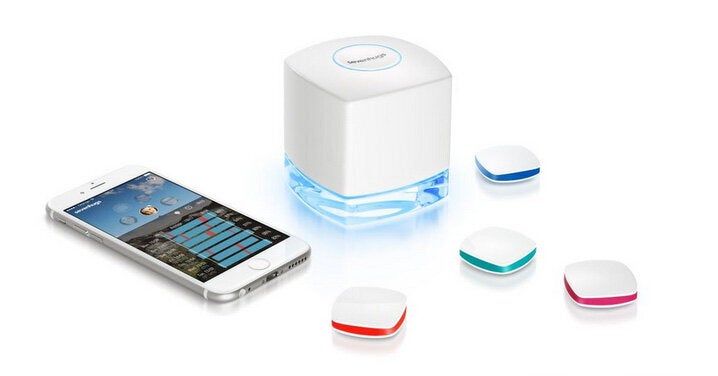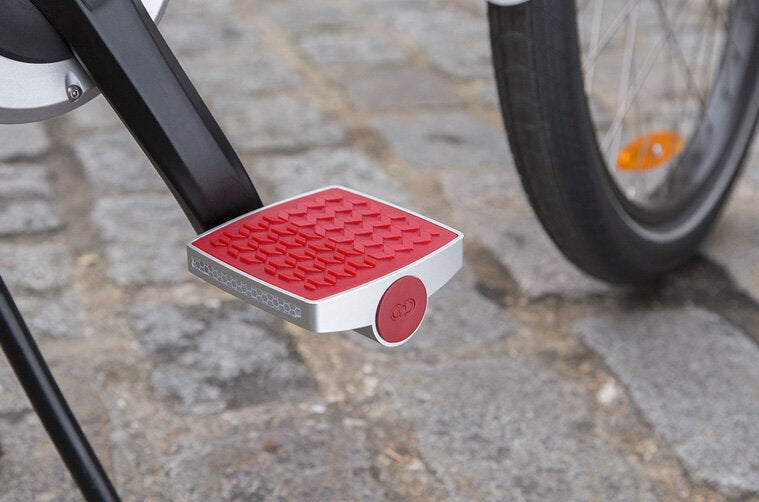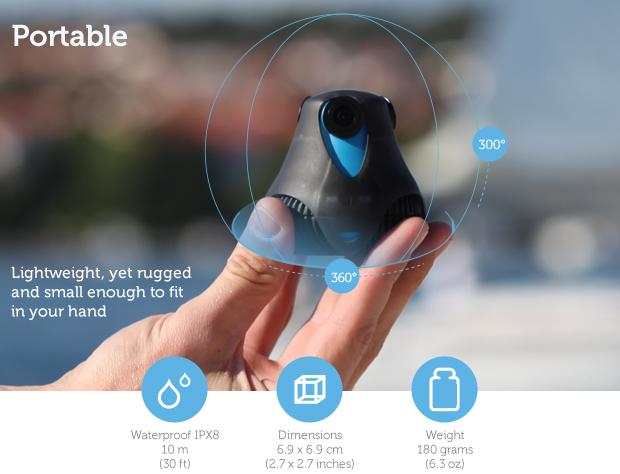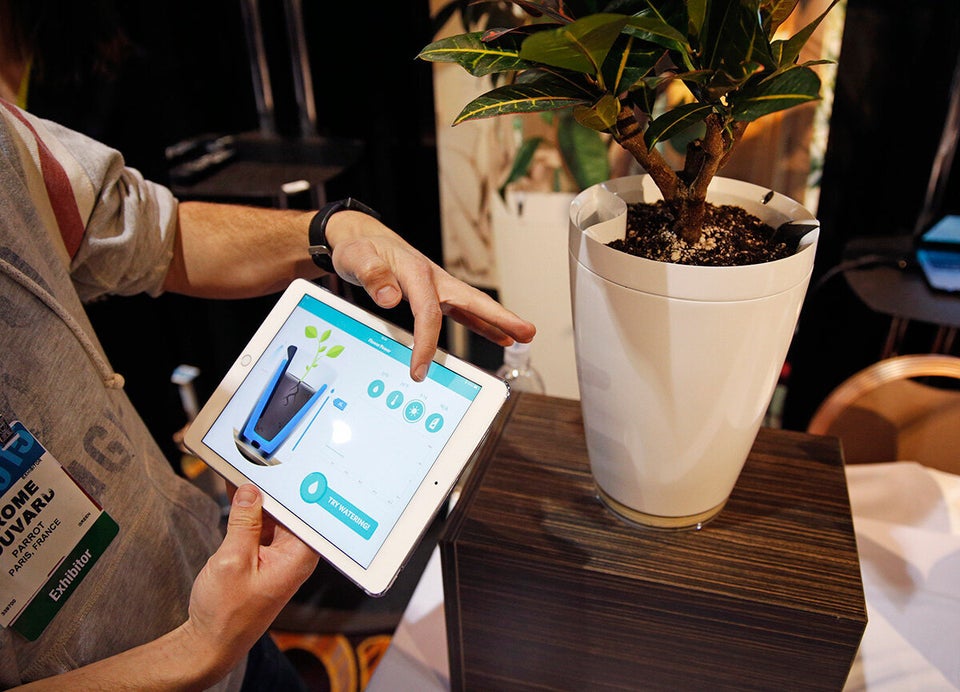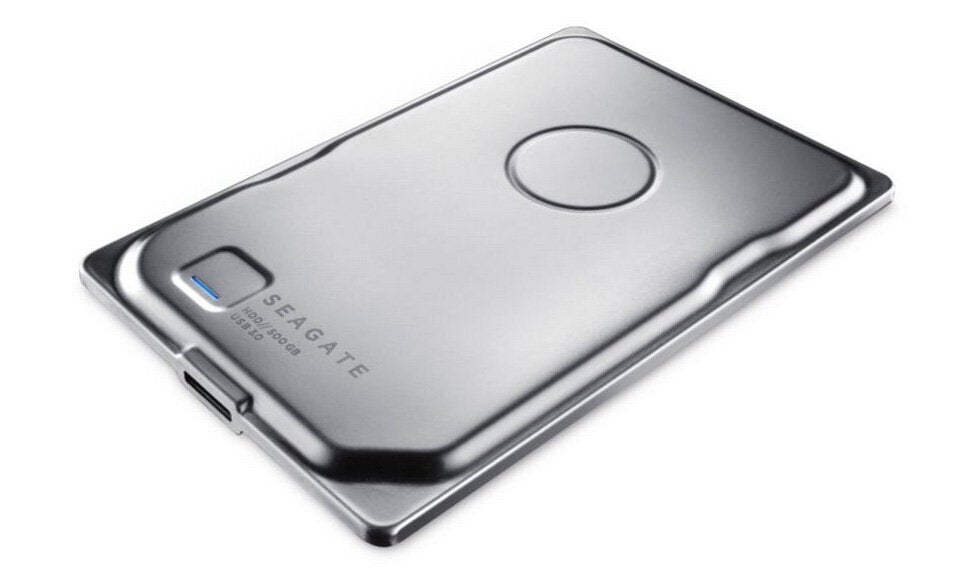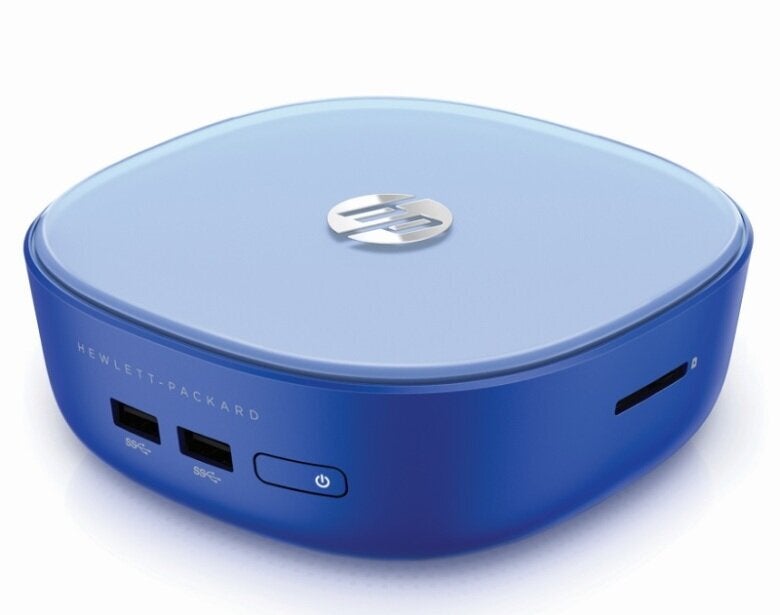Last month, Netflix released the British series "Black Mirror" through its streaming service. People on the Internet freaked.
The science-fiction show -- whose title refers to the screens of powered-down gadgets -- offers bleak visions of a time when familiar technologies have advanced almost past recognition. Each episode is fascinating in a fiery-car-crash kind of way, as it portrays its own darkly emotional version of our future. The series has also drawn repeated comparisons to the '60s-era sci-fi program "The Twilight Zone," with its ability to thread the same eerie tone and themes through different fictional settings.
But while "Black Mirror" is critical of unchecked technological advancement, creator Charlie Brooker isn't some kind of Luddite. "I coo over gadgets," Brooker wrote for The Guardian. He simply wonders whether they're good for us.
Now in its third season, the series has shown us myriad advanced technologies that seem, frankly, pretty horrifying. Some of those, however, are actually similar to developing technologies out there today. And while we're probably not headed for a dystopian future where painful memories might be played before our eyes on demand, some of the tech exists. Here's a look. WARNING: Spoilers ahead!
Screens that track eye movement and won't play until you're looking at them.

In the episode "Fifteen Million Merits," ever-present TV screens can tell when you close your eyes through an advertisement, forcing the ad to pause and the screen to omit a piercing noise. We already endure something similarly irritating on Spotify -- turn the volume too low during an ad on the free version, and it pauses. But how far are we from eyeball tracking?
In 2013, Google was awarded a patent for a "pay-per-gaze" ad sales model. While Google Glass wasn't specifically named, the patent allows a head-mounted device to track the number of times a user actually looks at an ad. A company called GazeHawk developed a system, later purchased by Facebook, that uses the built-in camera on a device to track user eye movement. Tobii, yet another group, created an eye-tracking device for gamers. The day our computers scream at us until we watch their ads, however, is the day we go live in the woods.
Eyeball cameras that record video of your everyday life for instant "redos."

In the episode "The Entire History Of You," pretty much everyone has a "grain" implanted behind an ear. Controlled by a little silver remote, the grain records video 24/7, able to show "redos" -- or replays of past events as seen by the person experiencing them -- right before the user's eyes.
Wearables like Google Glass are the most obviously similar technology out there today, but a number of others are testing similar gadgets. One such company is Innovega, whose iOptik device consists of contact lenses paired with eyeglass frames capable of projecting media into the wearer's field of vision. Some, including Google, are going a step further, working on smart contact lenses with cameras that would replace bulky headgear.
But according to Innovega CEO Steve Willey, "redos" aren't as easy as sticking a camera on a lens. "The FDA wouldn't like it," Willey told The Huffington Post, suggesting that getting the agency's seal of approval would be difficult due to safety factors -- such as how much heat the camera gives off so close to the eye. Storage would be another hurdle, although Willey thought it conceivable to collect a few days' worth of video before running out of space.
Digital replications of a deceased loved one.

In one of the series' most heartbreaking episodes, a grieving woman uses a service that creates digital clones of the deceased to speak with her dead partner. First they communicate via text, then over the phone, and finally a life-sized clone arrives on her doorstep.
As far-fetched as this form of artificial intelligence might sound, researchers are working on it. The app LivesOn was created to tweet for users after they're dead. Intellitar, now defunct, offered to create digital replicas of customers that were, apparently, super creepy. LifeNaut, a project of the Terasem Movement Foundation, created a robotic bust of transgender CEO Martine Rothblatt's wife Bina, called BINA48, memorably described in New York Magazine's profile of the businesswoman.
While the concept of a life-sized clone is "pretty far-fetched," Terasem managing director Bruce Duncan told HuffPost, a text or audio conversation may not be. "I don't think it's far-fetched to think that in 10 to 15 years, you could have a conversation with a device with a personality," Duncan said.
A head-mounted device that deletes memories.

At the end of "White Bear," we learn that everyone had been pulling a Men In Black on the protagonist, wiping her memories of the past day over and over.
Rest assured (or unassured?) with the knowledge that researchers are indeed experimenting with memory. A lengthy 2012 feature in Wired explained how researchers believed certain memories, particularly painful ones linked to PTSD, may be erased with a drug. But it only worked on longterm memories -- not memories of something that just happened hours ago. And memory-zapping headgear is, for now, pure science fiction. However, memory manipulation -- once mostly ignored -- is gaining traction as a scientific pursuit, so we can't say what the future will bring.
Devices that broadcast first-person-perspective video to others' screens
The "Black Mirror" 2014 Christmas special had Jon Hamm playing the wingman of the future. Using a device called "Z-Eye," which makes video filmed in real time from the user's eyes viewable on others' at-home computer screens, Hamm's character is able to coach friends at bars to pick up girls.
Willey explained to HuffPost how capturing video from the user's perspective is possible with existing technology. However, receiving information back -- Hamm's real-time instructions on how to act and what to say -- would be more challenging. And again, the whole camera-in-your-eye thing might take a while to become a widely used reality, if it ever does at all.
Computers that are controlled via hand gestures instead of trackpads.

Throughout the series thus far, we've seen computers with intuitive user interfaces way beyond any iPad. These are not only awesome, but represent Black Mirror's most probable tech predictions for at least the near future.
While a laptop in "Be Right Back" allowed file uploads from a phone with the flick of a finger, our devices already use bluetooth to communicate wirelessly with each other. The same episode shows a large, sloping touchscreen that serves as a workstation for a professional illustrator -- also not hard to imagine coming to life, Minority-Report-style.
The universe of "Fifteen Million Merits" is filled with screens controlled via hand gestures. That's another reality techies are working toward -- we just have to work out some of the kinks. Leap Motion has been making gesture controllers that plug into USB ports for a couple years now, although some say it's a bit tiring to use. Microsoft has been trying to figure out how to work movement-tracking technology into its keyboards, and there are a few different gesture controllers vying for a place on your hand or arm.
Related
Before You Go
